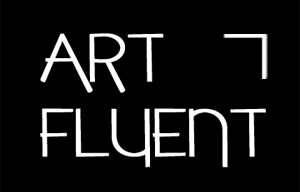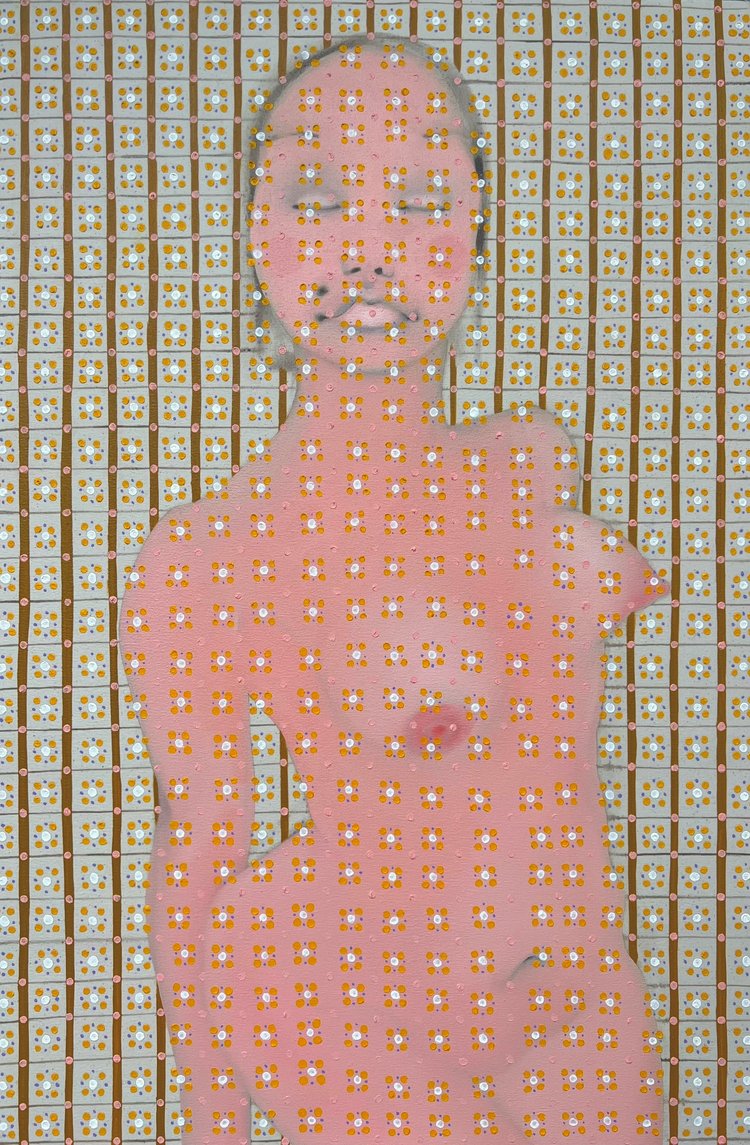
-Lisa, we’d love to hear your story and how you got to where you are today, both personally and as an artist.
As cliché as this sounds, I’ve gotten to where I am because of the people I know. It’s the people that I know that have pointed me in the right direction & secured me to opportunities. The art market is lacking where I live, so most of my connections came from going to school for my BFA & MFA. I had lacked means to travel, so the only way I was able to be exposed to professional artists was through the university.
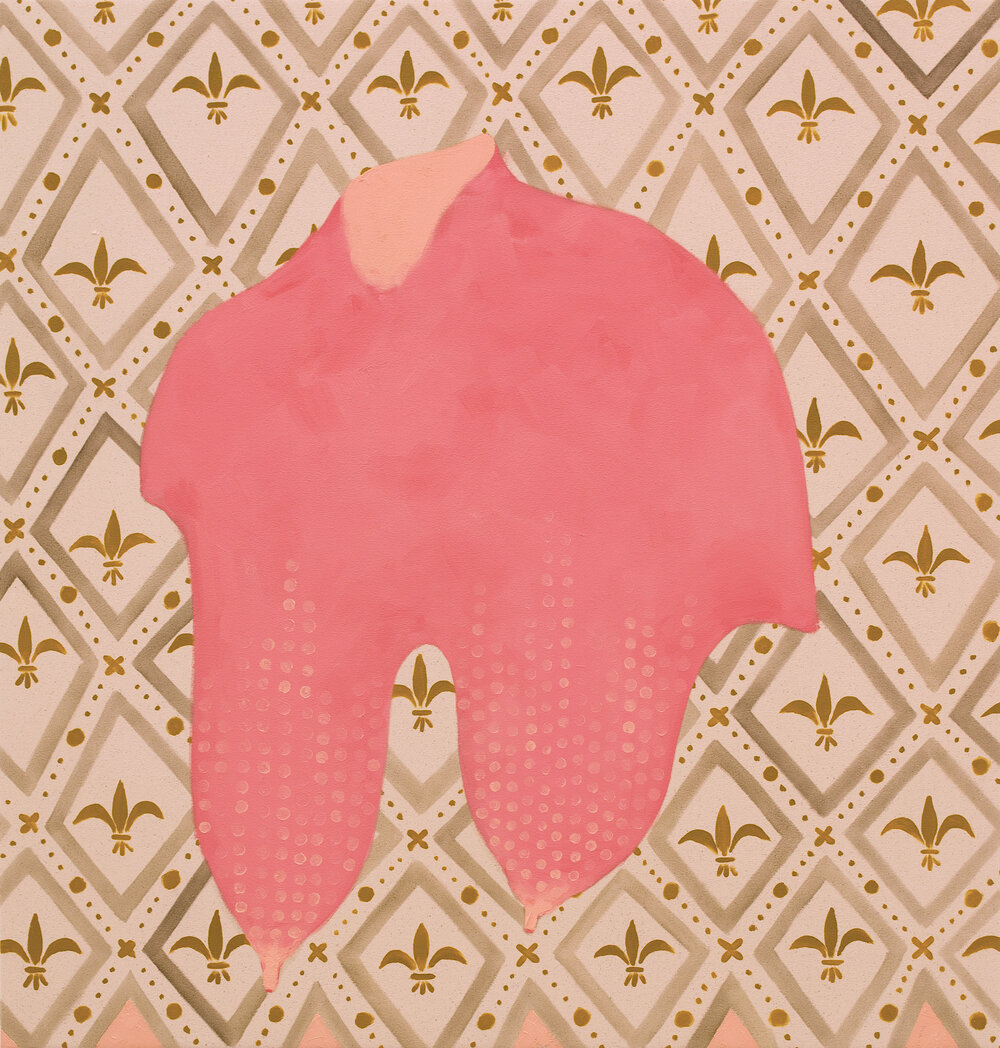
-Any artist would tell you that their artwork is their voice. What did it take to find your voice as an artist?
To find my voice as an artist I had to learn about who I really was, what my values are, and where those values came from. How we think impacts our work as artists. Many thoughts that we have are not our own, but have been vetted for us. In other words; they’re conventional to some degree. For example, if one creates a painting with a prevalent composition, I would encourage that artist to reflect upon how that happened. Did they actually choose that composition? Or did the composition happen by default because that’s how paintings are “supposed” to look? Does the composition actually help connect the viewer to ideas behind the work? Or does the composition hinder this connection? It was only when I was able to identify where I was not actually making choices (or speaking) that I was able to find my voice. Then came the hard part, I had to be confident in my choices and stand behind them.
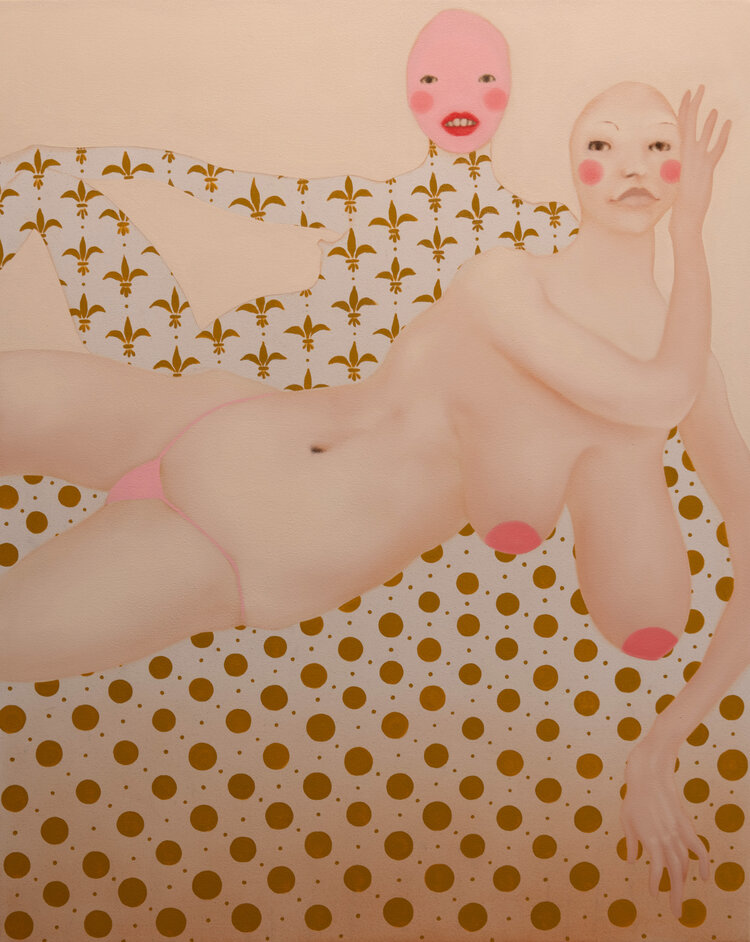
-What does it mean for you to push beyond your comfort zone?
It’s stressful! But all of my success has happened outside of the comfort zone, so I try to view the stress as a positive sign. If I’m too comfortable in the studio, then I’m probably doing something I’m already good at. Not every piece produced outside the comfort zone will triumph, but that’s the process of innovation. Sometimes you have to do something wrong to know how to do it right.

-Is there a message or inspiration that you hope others will take away from your work?
I want the viewer to experience discomfort in the objectification of my female figures, because I want them to think about how the image of a woman functions in western culture. My work is about the disconnection of women to their bodies from complying with societal standards set for their appearance. These standards are determined by the dominant culture and problematize bodies that don’t satisfy these standards. I believe this translates to women thinking about the image their bodies produce in society before they can think of the subjectivity of themselves. I use pattern in my work to reference the labor it takes to achieve such standards. Pattern also refers to my philosophy on “beautifying” people—which I believe is more about creating sameness, fulfilling a convention, and removing the individual. I paint each pattern motif by hand to address the impossibility of replicating these beauty standards—thus the individual is always slightly present. Unconventional women are politicized in western culture. The message in my work is to continue the conversation about women’s rights, and to highlight where patriarchy is dictating.

-What’s the best way for someone to check out your work and provide support?
There’s many different ways people can show support for my work! This support can come in the form of sharing what I do on social media, buying a painting, or funding a project that I propose. My work can be found on my website www.lisaroggenbuck.com or Instagram @lisaroggenbuck.
Statement
My work is about the disconnection women can experience to their bodies by complying with standards of beauty and acceptability that are imposed upon them in western culture. These standards are determined by the dominant culture and problematize bodies that don’t satisfy these standards. This failure to satisfy these standards are then remedied with modifications to the body. These modifications come in the form of consumer products that require time as well as money to execute. In my work I reference the historical nude, female sexuality, and body objectification. Color is used as a strategy to address gender and the privilege given to a caucasian appearance. I use pattern as a way of addressing the labor required in presenting one’s appearance, and the removal of individuality in western beauty standards.
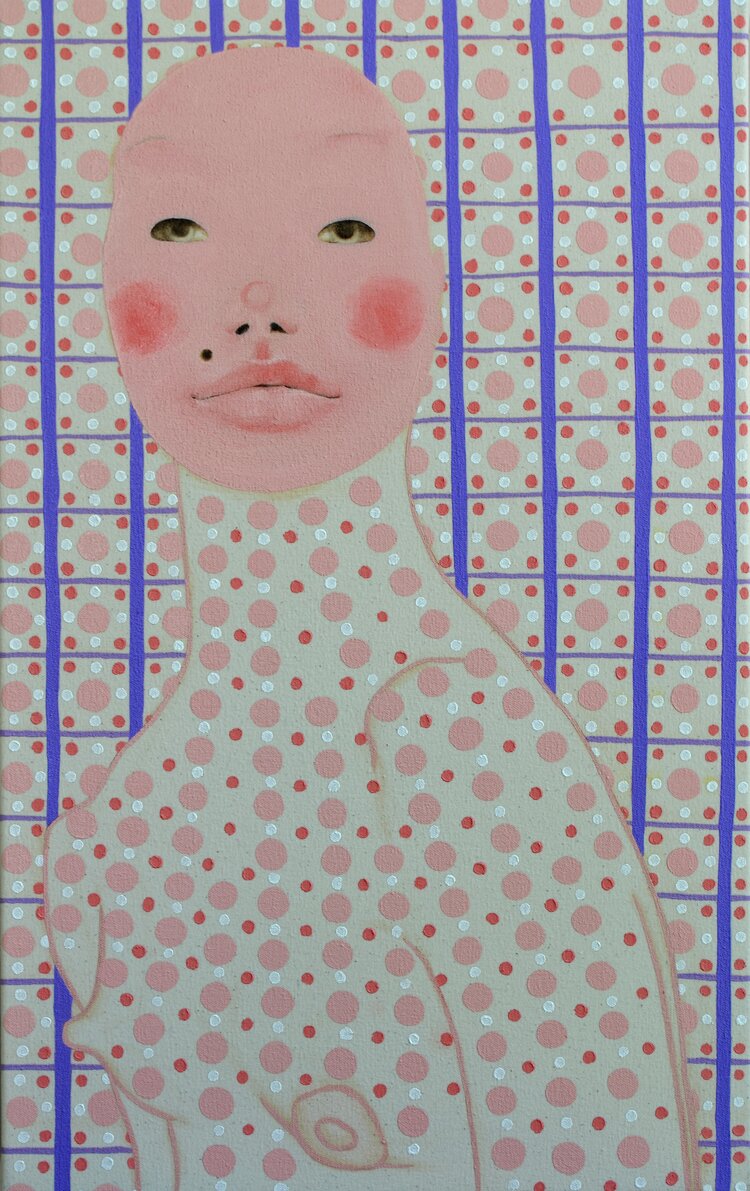
Bio

Lisa Roggenbuck is an Idaho based painter, filmmaker, performance artist, and educator. She was born in Boise, Idaho, where she grew up and received her MFA in 2020 from Boise State University. Roggenbuck began her career as a tattoo artist in 2001, which ignited her interest in how bodies are influenced by social ideas and how one asserts their identity within those constructs. After 5 years in the body modification industry, she retired and worked as a stripper for the next 13 years—an experience that would later inform her current work as an artist. Roggenbuck’s art deals with the disconnection women can experience to their bodies by complying with standards of beauty and acceptability that are imposed upon them in western culture. In the past 4 years, her work has won 7 awards, including the Distinguished Thesis & Project Award for the Creative, Visual, & Performing Arts, and the Presidential Scholar in the Performing & Visual Arts. She currently teaches painting & drawing as an adjunct professor of visual art at Boise State University.
